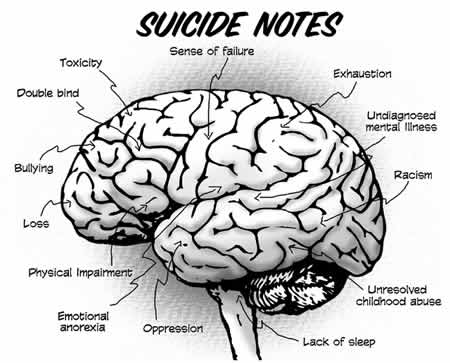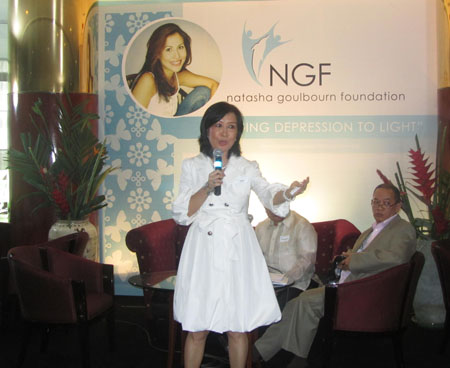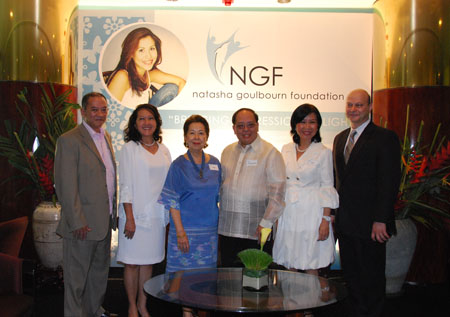““Mental illness is nothing to be ashamed of, but stigma and bias shame us all.” Bill Clinton

Did you know that the Philippines has the highest incidence of depression in Southeast Asia? In 2004, there were over 4.5 million cases of depression reported in the Philippines.
Jeanne Goulbourn shares her wisdom on depression.
““Depression is a condition that knows no social class; it could strike anyone regardless of intelligence, educational attainment and financial standing.”
This wisdom she has learned in the midst of pain brought about by the sudden and untimely demise of her well-loved daughter, Natasha, who suffered from depression. As she grieved over her daughter’s passing, Jeanne said she asked God what losing her daughter meant, and prayed for a sign. The sight of over 100 dolphins convinced her she had a higher calling to help people with depression.
“I prayed that if I see five dolphins, Natasha might be in hell. If I see 10 dolphins, could she be in purgatory? But God, if you show me a lot of dolphins, more than 10, I know my daughter is with you. We saw about 108 in Puerto Galera,” she recalled, saying the sight was so rare it even brought the boatman to tears.
Like Jeanne, we know our grief will always be a part of our life and we eventually find ways to resolve it. She and a group of friends from various sectors formed the Natasha Goulbourn Foundation (NGF) five years after the death of Natasha. Its primary advocacy is to promote awareness on depression.

Not many know what depression is. I have written about suicide prevention and mental health before just to raise awareness. I don’t claim to be an expert on mental health. It’s just that in the course of my grief work at the Compassionate Friends Philippines, I’ve come across a few observations of these mental health issues.
1. Shame often prevents a person from seeking medical help because of this stigma towards mental illness. And even if they ask for help, the gravity of their problem is minimized as mere despair. Oh yes, I know of one death by suicide from a friend because of this reason alone.
Read More »The Natasha Goulbourn Foundation: Bringing depression to light


